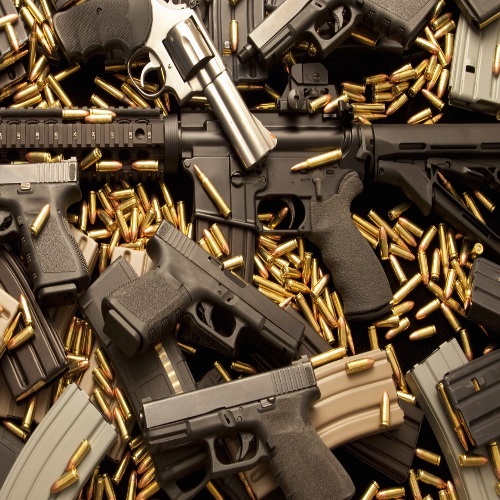Firearms are a source of safety. They allow one to rest easy knowing that they have the capabilities to protect their homes and families if an emergency ever arises. They also require a bit of an education to be handled safely though. Today we’re going to examine gun safety mechanisms and general knowledge.
Awareness and Control
One basic principle of gun safety is to never point a gun at anything you aren’t willing to destroy. This is practically a mantra in gun safety, and it is a good one to remember. Whenever you are on the range, the muzzle should always be pointing down range. If at anytime someone needs to walk out onto the range, everyone should be aware of this. All guns should be unloaded, and “neutralized”.
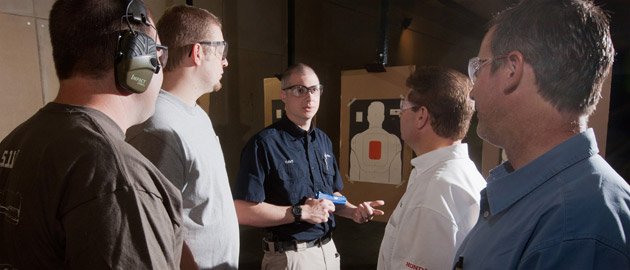
It is incredibly important that you never point a gun to your sides or behind you. It can be easy for new shooters to turn to speak or look at something, and without thinking turn the muzzle with them. This is how accidents happen. Always be aware of where a gun is pointing.
Trigger control falls right in with muzzle control. You never want to place your finger on the trigger until you are ready to shoot. If you are holding a gun, but not ready to shoot, you can simply place your trigger finger along the outside of the gun, or anywhere outside of the trigger well. You should not rely on gun safeties. Some firearms have safeties, and others do not. When a firearm has a safety, you should just treat it like a backup. It never hurts to engage it, but all the other safety rules should still be followed.

Gun Safety Mechanisms
There are various mechanisms used as safeties, and an understanding of them is necessary when handling your firearms.
The most common you will find are simple switches that lock the trigger. Some have a button, or a cross bolt safety. These are common on rifles and shotguns. Many handguns have a tang safety, which is a little lever near the rear of the slide that can be switched to engage or disengage the safety. Many bolt-action rifles have a lever, or pivot safety, that can be pushed to activate the safety. With all of these, the use is simple: just switch the safety on and off depending on when you are firing.
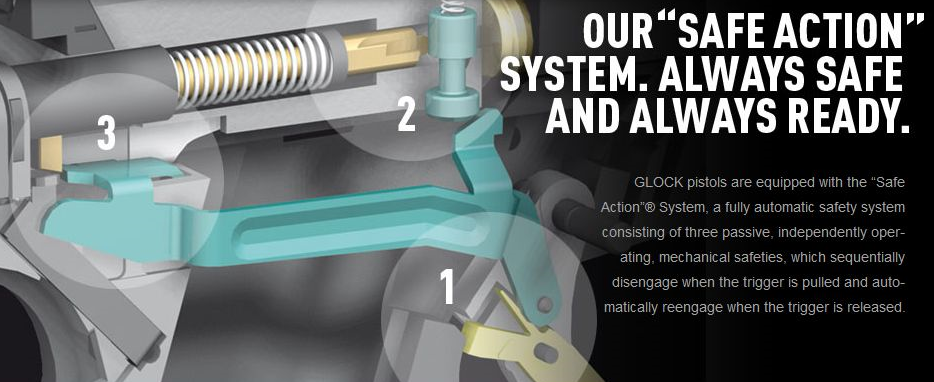
Some handguns, most notably the 1911, have a beavertail safety. This is a little lever that is part of the grip. When the handgun is gripped, the safety is naturally disengaged when the grip is compressed. When let go, the safety naturally engages. Another safety mechanism found on the 1911 and many more firearms it the half cock. Essentially, you can cock a hammer to a halfway point. The hammer is not in contact with the firing pin, so if some force is applied the firearm will not go off. It is generally a safe way to carry a loaded firearm when not currently firing. It should also serve to make the gun “drop safe”.
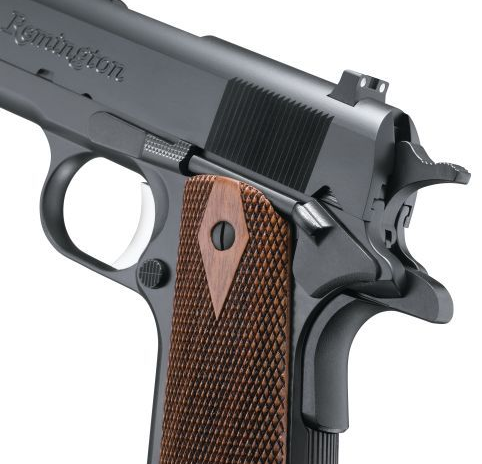
Many revolvers use what is called a transfer bar. A transfer bar is a piece of metal that bridges the gap between the hammer and the firing pin. When the hammer is cocked, the transfer bar raises. When the hammer is released it lowers. The way this works is that the transfer bar releases somewhat slowly compared to the hammer. When the gun is fired, the hammer strikes the transfer bar and transfers energy to the firing pin because the transfer bar does not get out of the way in the time.
However, say you are cocking or decocking the hammer, and accidentally release the hammer or set it into place too quickly. The transfer bar has time to move out of the way. Since the hammer only goes forward far enough to touch the transfer bar, and not the firing pin itself, an accidental discharge will be prevented. More modern semi-automatic firearms will often use what are essentially updated versions of this, referred to as drop safeties. Essentially, if the trigger is not being pulled, no amount of force should be able to move the firing pin into the cartridge with enough force to discharge a round.
Never Assume a Gun is Unloaded
Whenever you pick up a gun, you should never assume that it is unloaded. If someone hands you a gun, it is not rude to quickly check the chamber. On a pistol, take out the magazine (if it is present) and rack the slide to ensure that the chamber is empty. With a revolver, simply open the cylinder to check it. On a pump-action shotgun, pull the pump to see into the chamber. On a semi-automatic rifle or shotgun, check the magazine and pull the charging handle.
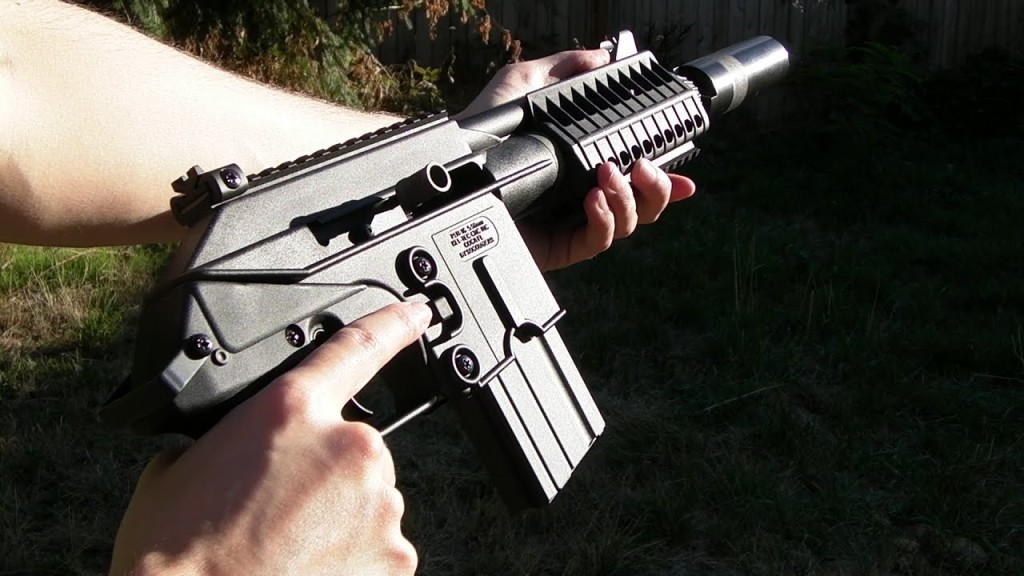
This quick check will serve as an extra layer of protection. Many guns also have loaded chamber indicators. There will be a bar that raises, and may be painted a visible color like red, when a round is in the chamber. This is useful, but not all firearms have them. Whether a gun has one or not, don’t rely on it solely. Treating firearms like they are unloaded when they in fact are loaded is a recipe for a serious mistake.
Store Your Firearms Safely
One of the most important things to consider is to be mindful of who else will be around the firearm. If you have children in the house, the gun should be stored in a place where it will not be easily accessible to them. Of course, children shouldn’t fear guns, and should be taught how to use them and be safe with them, but you still never know what a child might get up to.
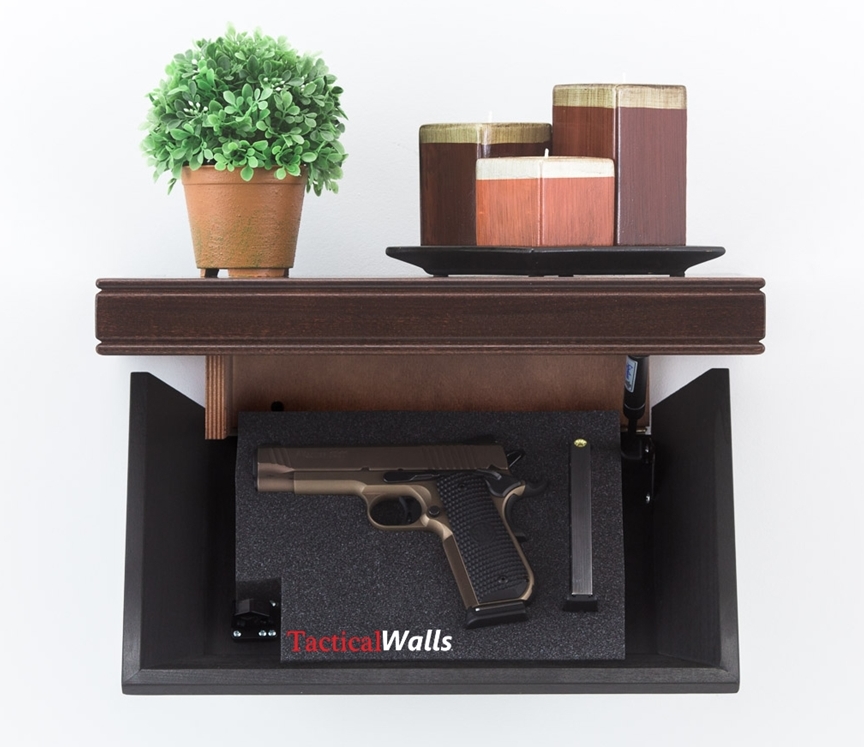
One of the best ways to keep your guns safe is to buy a gun safe. A gun safe can also offer defense and protection against the elements, all the way to extremes like home fires. Gun safes can also protect your firearms from thieves. When it comes to transporting firearms, proper cases will be useful. When you have a gun in a car, or when you are taking it into a range, A case is usually the best way to carry it. You should still practice gun safety by ensuring beyond a shadow of a doubt that the firearm is unloaded while transporting it. This of course does not quite apply when you are carrying a weapon for self-defense. Different rules apply, and you’ll learn more about that during the certification process.
Additional Gun Safety Tips
When you are cleaning your firearms, you are going to need to make sure you have an understanding of what you are doing. Ensure that the gun is unloaded before you start. Different guns field strip differently. You can find online instructions on how to disassemble your firearm in text, diagram, and video form. Don’t be afraid to seek help with this if you have never taken apart a gun before. When you’re cleaning it, you generally want to wipe it down to remove residue, use some type of lubricant or oil, and clean the barrel with a bore brush. You can read more when the time comes on the best way to do it. In general, keeping a gun well-maintained is important safety wise because it can help prevent malfunctions. Clean your guns people.
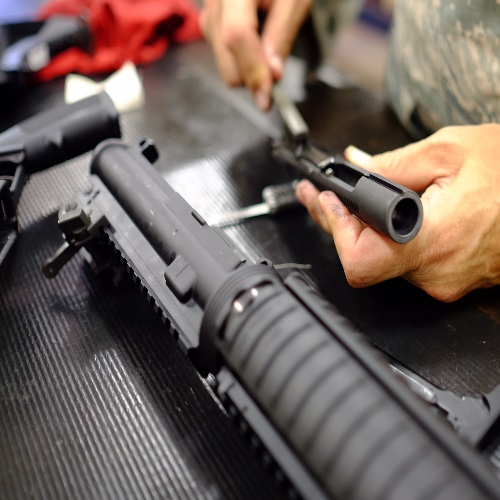
Another place where you not only may want help, but probably need it, is with altering your firearms. If you are making a small change, like switching out grips, you will probably be ok. If they are more major changes, things can get dicey. If you want to make changes to your firearm, feel free to find a gun shop to help you out. You also may want to make sure that any changes you think about making are legal, especially if you live in a more restrictive state like California.
* This guest post is brought to you by our friend Jay Chambers *
Jay is a pro free speech business owner based in Austin, Texas. Having lived through several natural disasters and more than a few man-made ones (hello 2008), he believes that resilience and self-sufficiency are essential in this increasingly unpredictable world. That’s why he started a business! Jay writes over at Minuteman Review.

